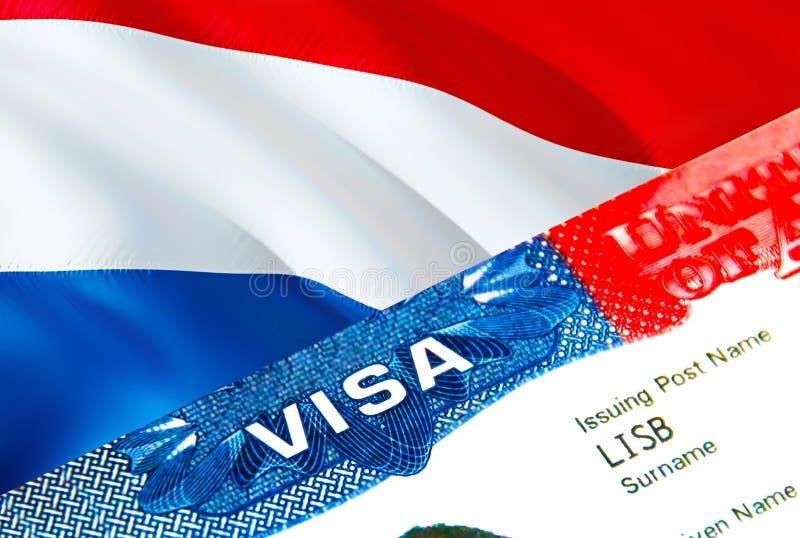I’ve heard so many people say that getting a Canadian visa is impossible, but I know it doesn’t have to be that way. The process can seem complicated, with forms to fill out, deadlines to meet, and eligibility requirements to follow. However, with the right knowledge and approach, you can overcome these hurdles and turn your goal into reality.
That’s why I’m here to share strategies that have worked for others, even when the odds felt stacked against them. From choosing the right visa pathway to avoiding common mistakes, every small step can make a big difference. If you’re feeling stuck, let me show you how to get through the process and move closer to making Canada your new home.
Read: How This Single Mother Moved to Canada and Secured a Job in 30 Days—Her Story Will Inspire You
Why People Struggle to Apply for a Canadian Visa
Applying for a Canadian visa can feel hard because the process is complicated. Many people run into problems, so it’s important to understand these issues to improve your chances of getting approved.

Complex Application Process
Multiple Programs with Different Requirements: Canada offers several immigration programs, each with its own set of eligibility criteria.
- Express Entry: Applicants need to create an online profile, submit various documents, and achieve a specific Comprehensive Ranking System (CRS) score.
- Provincial Nominee Programs (PNPs): Each province has unique requirements, and applicants must submit separate applications for the programs they are interested in.
Risk of Missing Critical Details: A single missed step, such as submitting the wrong document or misunderstanding eligibility rules, can result in delays or rejection.
- Time-Consuming Process: Completing all these steps accurately and within the required deadlines can be overwhelming and time-consuming, leading to potential stress.
Common Rejections
- Incomplete Paperwork: Missing critical documents like police certificates or work experience letters is a frequent cause of rejection.
- Insufficient Funds: Applicants must demonstrate they have enough money to support themselves and their families during their stay in Canada.
- Ineligible Applications: Applying without meeting basic eligibility requirements, such as minimum language test scores or education levels, can lead to rejection.
Emotional Toll
- Stress and Uncertainty: The long waiting times and fear of rejection create stress for many applicants.
- Separation from Family: If applications are delayed or rejected, it often results in prolonged separation from loved ones, causing emotional strain.
- Lack of Clear Strategy: Many applicants struggle due to a lack of clear direction, increasing frustration and discouragement.
Read: Canada Post-Graduation Work Permit vs Skilled Worker Visa
How to Discover the Winning Strategy
While the application process may be challenging, a strategic approach can make all the difference. Here’s how understanding the process better can increase your chances of success.
Research and Preparation
Understanding the Options:
- Researching Canada’s immigration streams, such as Express Entry, PNPs, and the Start-Up Visa Program, helps identify the most suitable option for your situation.
Organized Checklist:
- Creating a checklist of required documents, deadlines, and eligibility criteria can keep you on track and avoid missing critical steps.
Staying Informed:
- Keeping up with any changes to immigration policies is vital, as even small changes can impact your application.
Seeking Guidance

Consulting Experts: Many applicants find success by consulting immigration consultants, lawyers, or experienced mentors.
Insights and Support:
- Professionals can help ensure your documents are accurate, guide you through eligibility requirements, and suggest ways to improve your profile.
Learning from Others:
- Listening to the stories of others who have successfully immigrated can provide valuable insights into strategies that work.
Focus on Skills and Qualifications
Matching Skills to Canada’s Needs:
- Canada prioritizes skilled workers, and aligning your qualifications with the country’s labour market demands can improve your chances.
Job Demand:
- Understanding which provinces have the highest demand for specific skills—such as healthcare, technology, or skilled trades—can help tailor your application.
Highlighting Key Qualifications:
- Make sure to emphasize your skills, certifications, and work experience that match the needs of Canada’s economy.
The Strategy That Changed Everything
One immigrant’s success story shows that creativity and persistence can open new opportunities.
Leveraging Provincial Nominee Programs (PNPs)
Targeting In-Demand Skills: Some provinces, like Saskatchewan and Ontario, have specific programs that focus on high-demand occupations such as agriculture and IT.
- Choosing the Right Province: If your skills align with a province’s demand, applying through a PNP can increase your chances of quicker approval.
Boosting Provincial Nominee Opportunities: Researching which provinces are actively seeking your occupation can open up more pathways to Canadian immigration.
Optimizing Express Entry Profiles
Improving CRS Scores:
- Retaking Language Tests: Improving language scores through IELTS or CELPIP can add significant points to your CRS score.
- Increasing Work Experience: Additional work experience, especially in Canada, can boost your points.
- Spouse’s Qualifications: Including your spouse’s qualifications or securing a valid job offer from a Canadian employer can increase your CRS score.
Improving Your Profile:
- These small improvements can have a large impact on your application’s success.
Story of Persistence
- Researching Alternative Pathways: After initial rejections, the immigrant in this story turned to other routes such as the Start-Up Visa Program and Family Sponsorship.
- Refining the Approach: Persistence paid off as each setback led to refining the approach, resulting in eventual success.
Read: Top Banks in Canada for New Immigrants: Best Accounts and Credit Cards for 2025
Lessons from the Immigrant’s Success
The story of this immigrant offers powerful lessons for others pursuing the same dream.
Key Takeaways
- Double-Check Your Documents: Always review your documents before submission to avoid automatic rejections due to missing information.
- Stay Informed About Policy Changes: Immigration rules often change, and staying up-to-date can give you a competitive advantage.
- Perseverance Pays Off: Rejection is not the end. Use it as a learning experience and keep refining your application for the next round.
Importance of Adaptability
- Changing Policies: Immigration policies frequently change, such as new NOC codes or scoring systems. Being flexible and willing to adjust your application based on these changes is critical.
- Learning from Feedback: Listen to any feedback you receive, whether positive or negative and use it to improve your chances in future applications.
Embrace Continuous Learning
- Invest in Skills and Language: Work on improving your language proficiency, gaining relevant work experience, and acquiring certifications that align with Canadian standards.
- Building a Stronger Profile: The more you invest in learning and improving your qualifications, the stronger your profile will be.
By embracing a strategic, well-researched approach, applicants can avoid common pitfalls, learn from success stories, and ultimately turn their Canadian immigration dream into a reality.
Actionable Steps for Aspiring Immigrants
Starting your immigration journey to Canada can be a complex process, but with the right approach, you can go through the steps with confidence. Here’s a practical guide to help you get started.
Identify the Visa Type That Best Matches Your Profile

- Canada offers various immigration pathways, such as Express Entry, Provincial Nominee Programs (PNPs), and the Start-Up Visa Program.
- Consider your qualifications, work experience, and language skills to select the most suitable visa type. For example, Express Entry is great for skilled workers, while PNPs may be ideal if you’re targeting specific provinces.
Improve Qualifications, Like Language Proficiency and Educational Credentials
- Language Proficiency: Canada’s immigration system prioritizes applicants with strong language skills in English or French. Consider taking language proficiency tests like IELTS or CELPIP, and aim for higher scores to increase your CRS (Comprehensive Ranking System) score.
- Educational Credentials: Ensure your educational qualifications meet Canadian standards. You can get your credentials assessed through the World Education Services (WES) to ensure they are recognized.
Research Provinces and Target Those That Align with Your Skills
- Each province in Canada has its own labour market needs. Research the provinces to identify those that prioritize your skills. For example, Ontario might prioritize IT professionals, while Saskatchewan may focus on skilled trades.
- Tailoring your application to a province’s needs can boost your chances of receiving a provincial nomination, which can significantly fast-track your application.
Network with Professionals in Your Field to Secure Job Offers
- Securing a job offer from a Canadian employer can improve your chances of success in the immigration process.
- Leverage platforms like LinkedIn and job boards to network with Canadian employers. You can also reach out to industry groups or associations to find job opportunities and connect with professionals in your field.
Prepare for Interviews with Visa Officers and Provide Strong Supporting Evidence
- Visa officers will review your application carefully, so it’s crucial to be prepared for an interview or request for additional documents.
- Gather all the required documents ahead of time, including proof of funds, language test results, educational credentials, and work experience letters. Be ready to explain any gaps or inconsistencies in your history to ensure a smooth process.
The journey to Canadian immigration isn’t without challenges, but with the right approach and persistence, you can overcome obstacles and turn them into opportunities. Just like the immigrant in the story, you too can succeed by preparing thoroughly, staying informed, and continually improving your skills and qualifications.
Don’t wait for the perfect moment to begin. Start by researching your visa options and preparing your documents today. If you’re unsure about anything, seek expert advice to ensure you’re on the right track.


